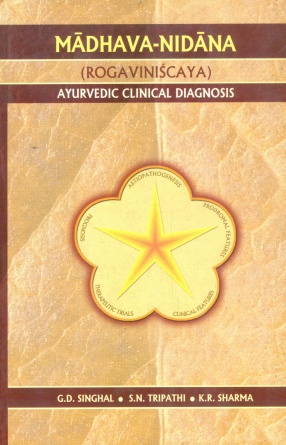
Showing all 8 books





The work Accounting Education in South Asia is based on findings of a major research project funded by the Indian council of Social Sciences Research, New Delhi. It is an exploration exploration of distinctive features, social systems, economies, educational systems and arrangement for accounting education under university system and also by institutions of professional accountants in South Asia. Countries of South Asia share a common heritage, culture and ...

The period from 1957 to 1969 was the most turbulent decade for Mao as well as for China. For Mao, it was a leap from a pragmatic and non-bookish Marxist position to that of a radical impetuosity and dogmatism. The epoch of consensus based polity of New Democracy was over. It was replaced by his Permanent Revolution syndrome. The ghost of revisionism started haunting Mao and prompted him to lay exclusive emphasis on the rubric of class struggle. A hitherto ...


The book Agony of Plantation Workers in North-East India deals with socio-economic agonies of the plantation workers of the state of Arunachal Pradesh, Sikkim and Darjeeling of the North East India. The workers are mainly immigrants from various parts of the country and Nepal. After joining the jobs of tea plantations, they have been barricaded within the plantation enclaves only having little exposure outside the plantation world. Their ...

Madhava-Nidana is generally considered to be a compilation work, however, it includes many original contributions of Madhavakar. He has identified and described several new disease entities e.g. amavata, parinamasula, amplapitta etc, even though some of them were implicit in texts describing treatment, which goes to show that not only his textual knowledge was sound but he was a keen observer and a practical physician also. This is a book of high order and is ...

Globalization and Plantation Workers in North-East India is a piece of research study regarding the impacts of globalization among the workers. The impacts have been analysed thoroughly in regard to the case of Darjeeling tea industry along with the industry in relation to other regions of West Bengal and Assam of North-East India. Since this is the first Sociological study on the impacts of globalization among plantation workers, it will elucidate the positive ...
